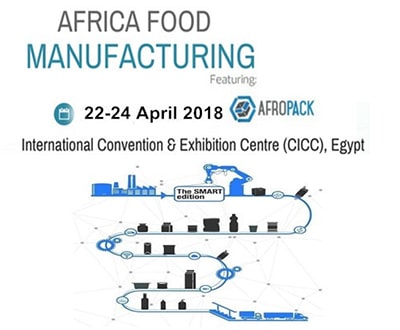Comparing Bread Wrapping Machinery with Manual Wrapping Solutions
Bread, a staple food worldwide, requires proper packaging to preserve its freshness and extend its shelf life. The choice between automated bread wrapping machinery and manual wrapping methods is a critical consideration for bakeries. This article analyzes the advantages and disadvantages of each approach to assist decision-making.
Efficiency and Speed
Bread wrapping machines excel in efficiency and speed compared to manual wrapping. Automated systems can handle high volumes of bread loaves simultaneously, significantly reducing labor costs and increasing production output. Their consistent wrapping technique also ensures uniform and precise packaging, reducing product damage and waste.
Labor Cost Savings
Automated bread wrapping machinery significantly reduces labor requirements. Once programmed, machines can operate continuously without supervision, freeing up staff for other tasks. This cost-saving advantage is particularly noticeable in large-scale bakeries with high production volumes.
Product Quality and Consistency
Automated bread wrapping systems provide consistent wrapping quality. Precisely controlled settings ensure optimal film tension and sealing, resulting in airtight packaging that protects bread from moisture and contamination. This uniformity also enhances the product’s shelf appearance and appeal to consumers.
Flexibility and Versatility
Advanced bread wrapping machinery offers versatility, accommodating different loaf sizes, shapes, and wrapping materials. Programmable settings allow for quick changeovers to adapt to varying product specifications. Some machines can also handle multiple wrapping styles, such as horizontal or vertical, to meet specific packaging requirements.
Maintenance and Downtime
Bread wrapping machinery requires regular maintenance and occasional repairs like any mechanical equipment. However, proper maintenance schedules and scheduled checkups can minimize downtime and ensure the efficient operation of the system. Conversely, manual wrapping is not subject to such maintenance issues but may involve employee absences or fatigue that can impact productivity.
Environmental Impact
Automated bread wrapping systems typically use less packaging material than manual wrapping methods. Precise film control and sealing techniques minimize material waste, leading to a reduced environmental footprint. Additionally, modern machines often incorporate energy-saving features, contributing to overall sustainability.
Conclusion
The decision between bread wrapping machinery and manual wrapping solutions depends on various factors, including production volume, labor costs, product quality requirements, and sustainability goals. Automated bread wrapping machinery offers advantages in efficiency, speed, labor savings, and product consistency. However, manual wrapping remains a viable option for small-scale operations or when flexibility and customization are prioritized. Bakeries should carefully consider these factors to determine the most suitable solution for their specific requirements and objectives.
-
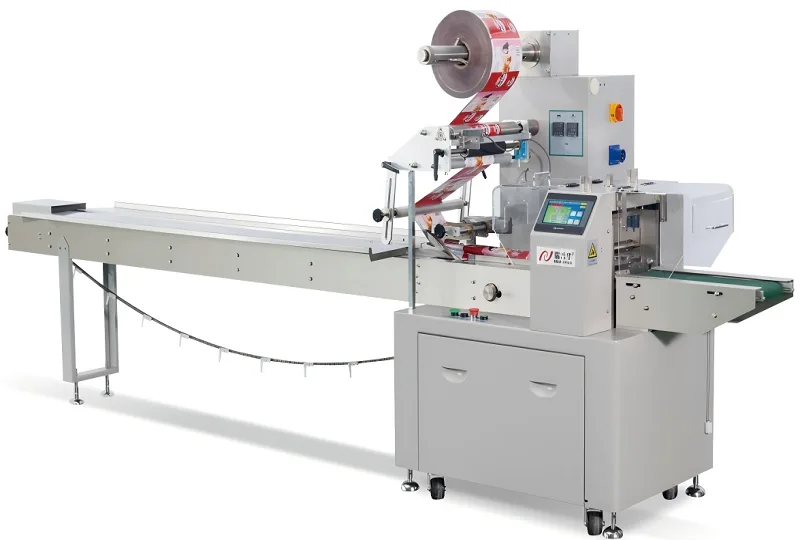 01
01Automatic Tray Loading and Packaging Equipment: Boost Efficiency to 160 Bags/Minute
21-11-2025 -
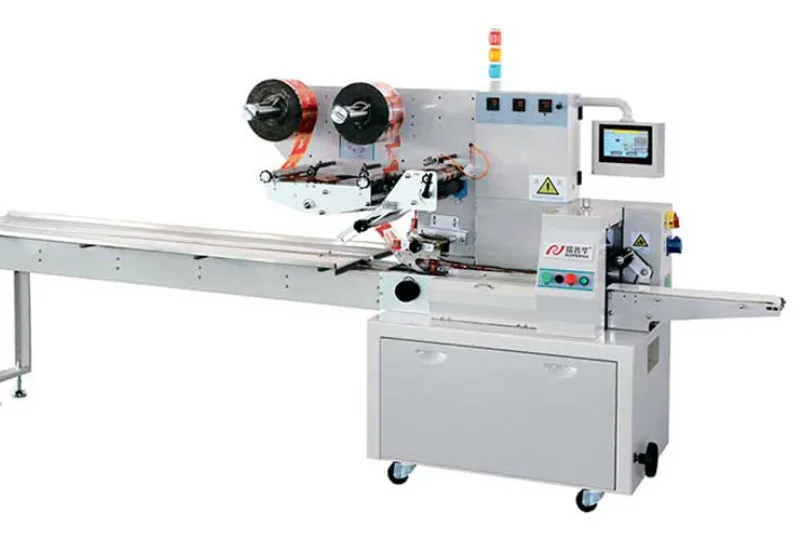 02
02Automatic Soap Packaging Machine: Boost Productivity with 99% Qualification Rate
21-11-2025 -
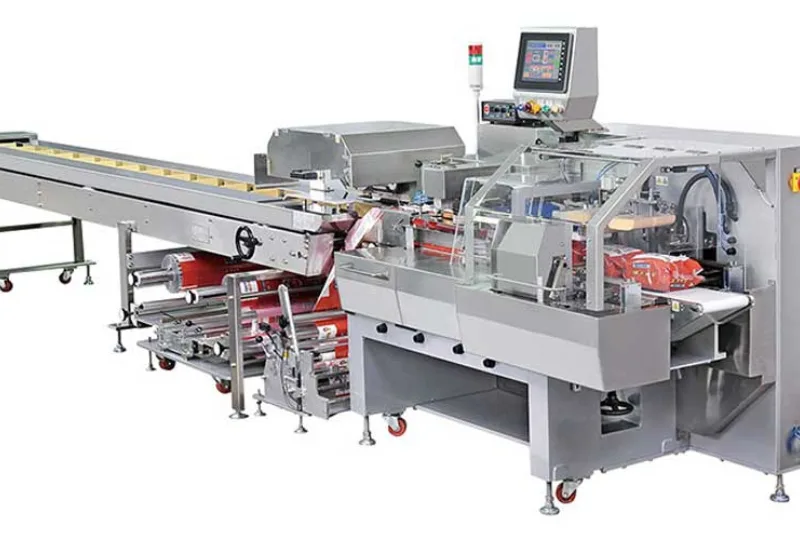 03
03A Deep Dive into Automatic Toast Processing and Packaging System
18-11-2025 -
 04
04The Future of Bakery Production: Automated Toast Processing and Packaging System
18-11-2025 -
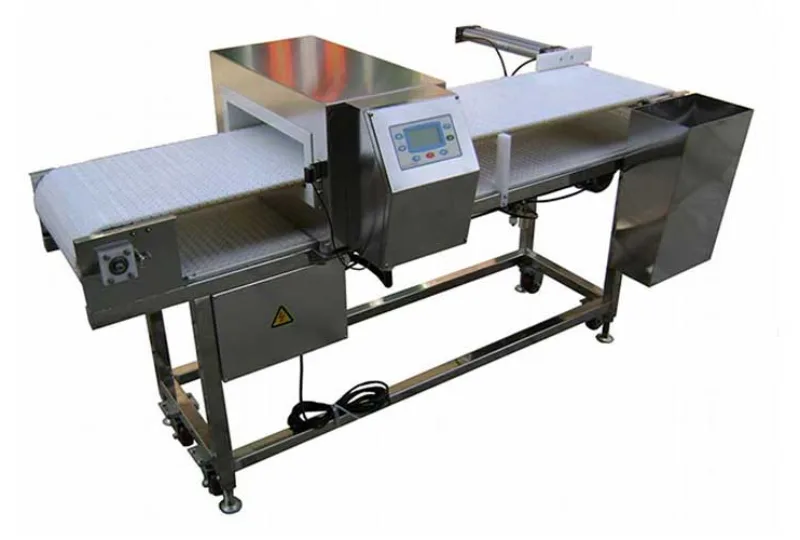 05
05Reliable Food Packaging Solutions with China Bread, Candy, and Biscuit Machines
11-10-2025 -
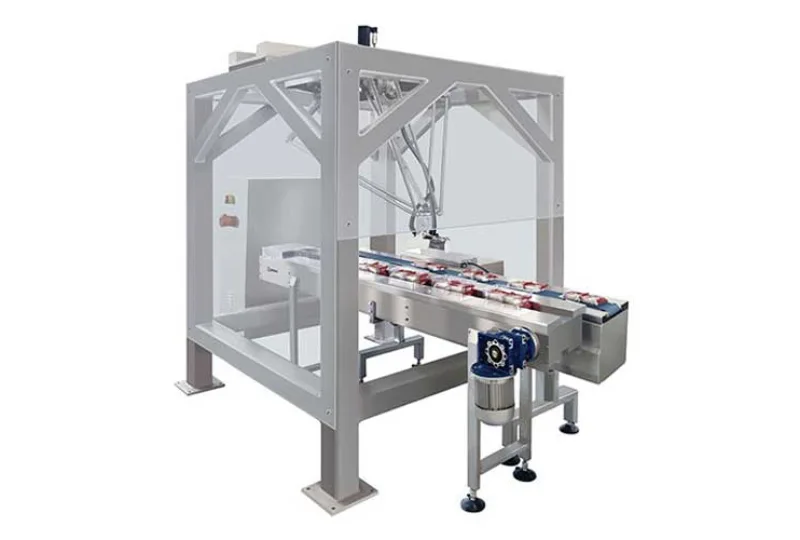 06
06High-Performance Automated Food Packaging Equipment for Modern Production
11-10-2025 -
 07
07Reliable Pillow Packing Machines for Efficient Packaging Operations
11-10-2025 -
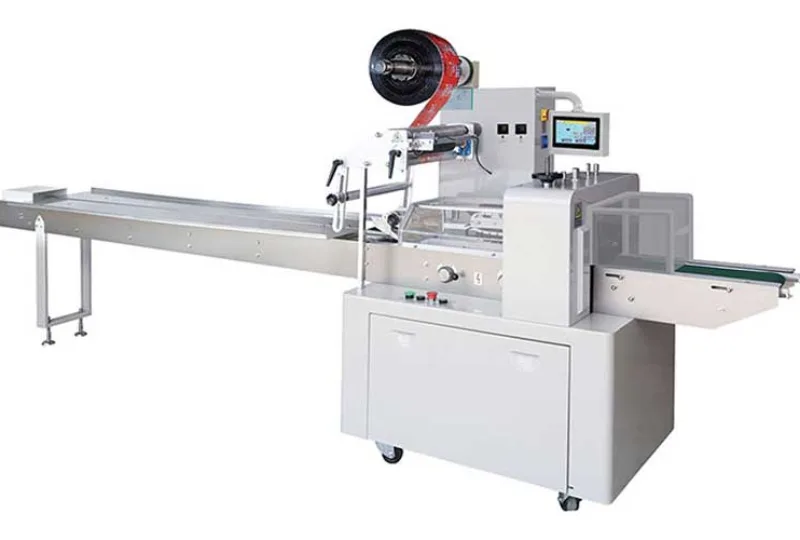 08
08Advanced Fully Automatic Packaging Solutions for Efficient Production
11-10-2025 -
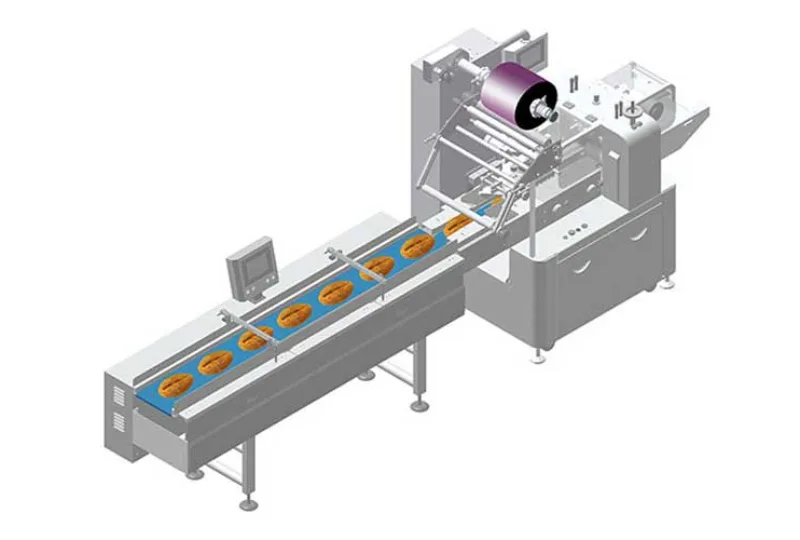 09
09Efficient Automatic Food Packaging Solutions for Modern Production
11-10-2025 -
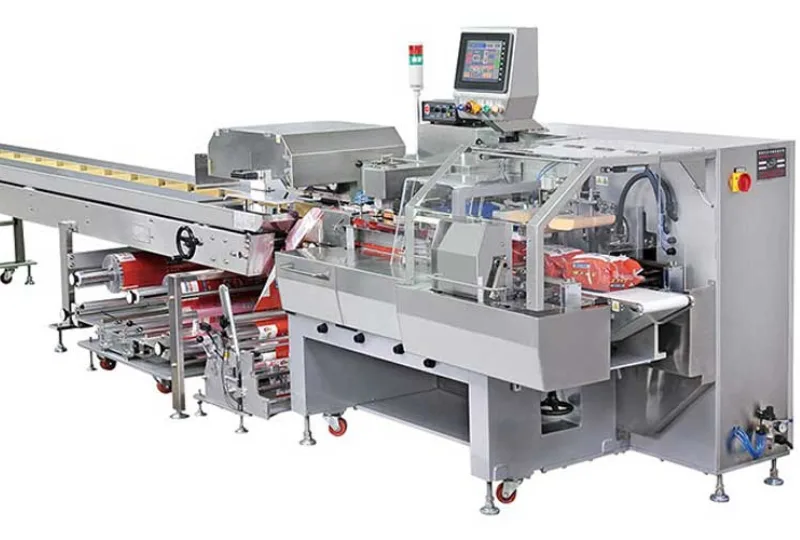 10
10Advanced Automatic Packaging Equipment for Efficient Production
11-10-2025





